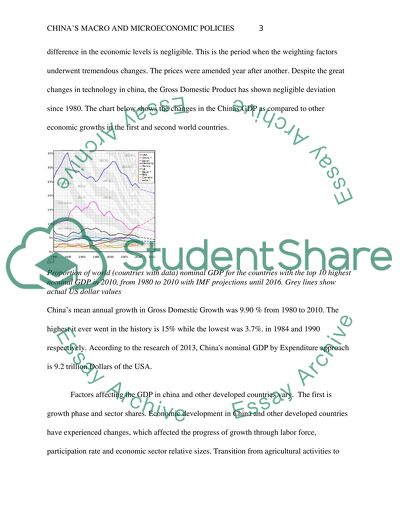Cite this document
(“China's business cycle and government policy in economy development Research Paper”, n.d.)
China's business cycle and government policy in economy development Research Paper. Retrieved from https://studentshare.org/macro-microeconomics/1643234-chinas-business-cycle-and-government-policy-in-economy-development
China's business cycle and government policy in economy development Research Paper. Retrieved from https://studentshare.org/macro-microeconomics/1643234-chinas-business-cycle-and-government-policy-in-economy-development
(China'S Business Cycle and Government Policy in Economy Development Research Paper)
China'S Business Cycle and Government Policy in Economy Development Research Paper. https://studentshare.org/macro-microeconomics/1643234-chinas-business-cycle-and-government-policy-in-economy-development.
China'S Business Cycle and Government Policy in Economy Development Research Paper. https://studentshare.org/macro-microeconomics/1643234-chinas-business-cycle-and-government-policy-in-economy-development.
“China'S Business Cycle and Government Policy in Economy Development Research Paper”, n.d. https://studentshare.org/macro-microeconomics/1643234-chinas-business-cycle-and-government-policy-in-economy-development.


